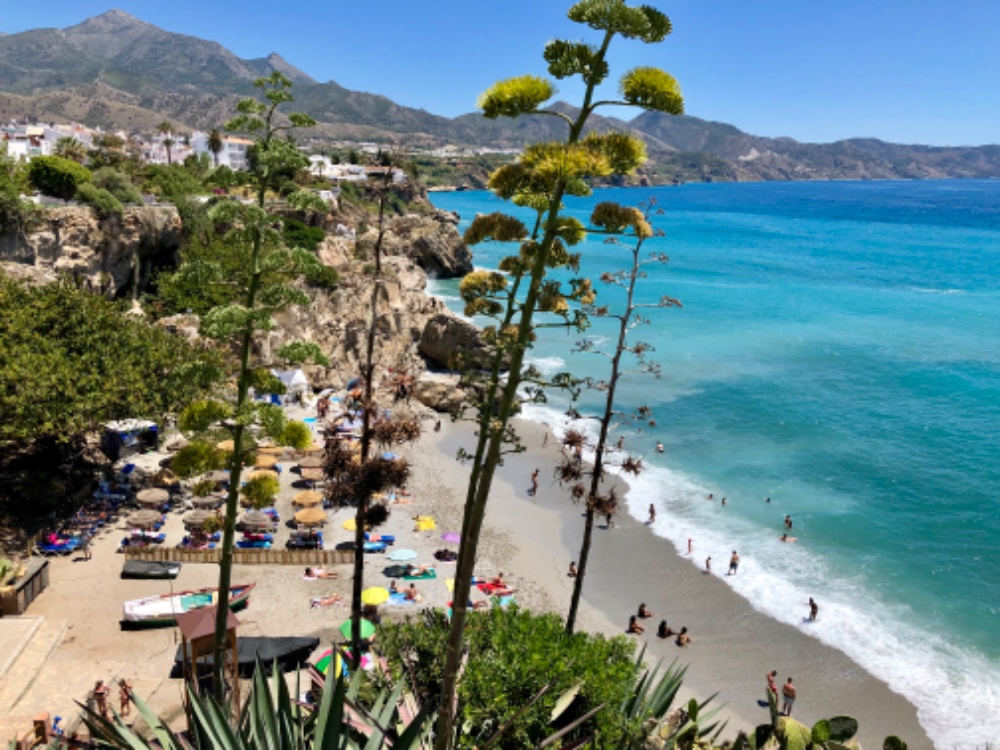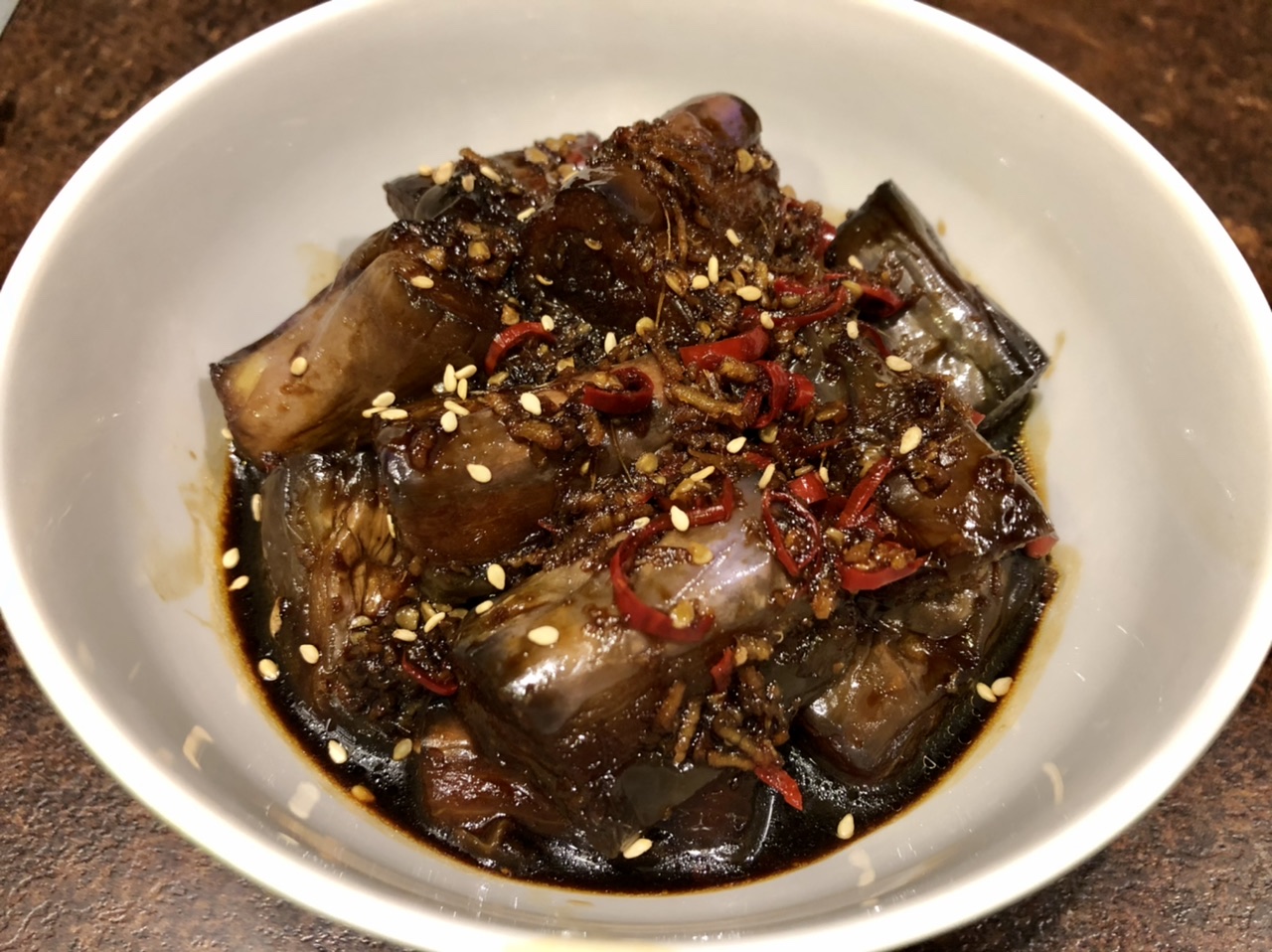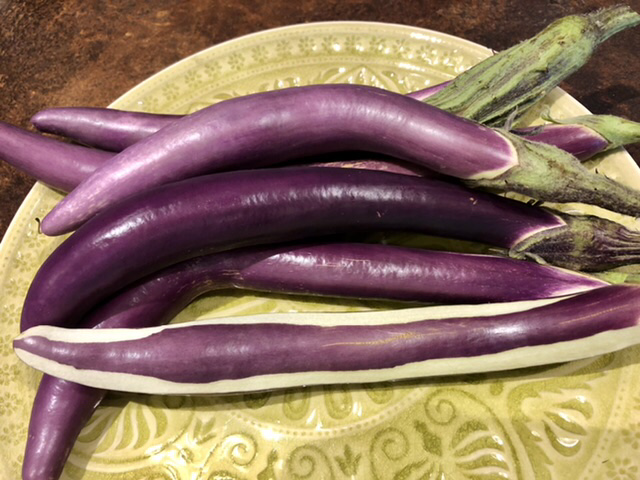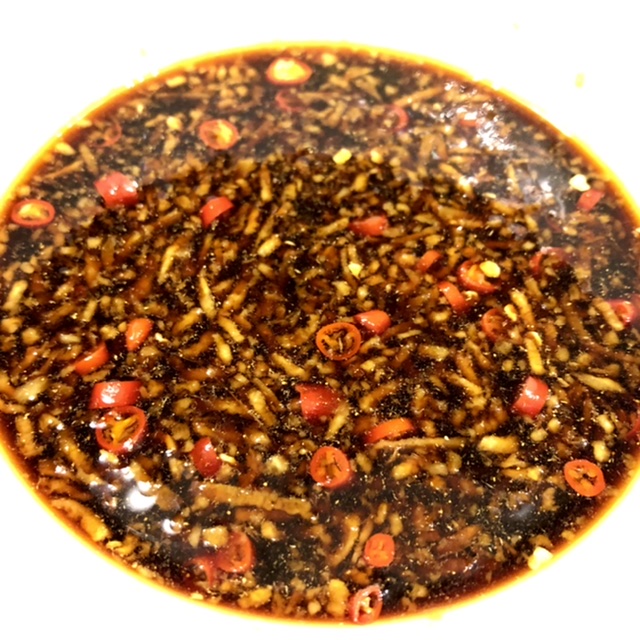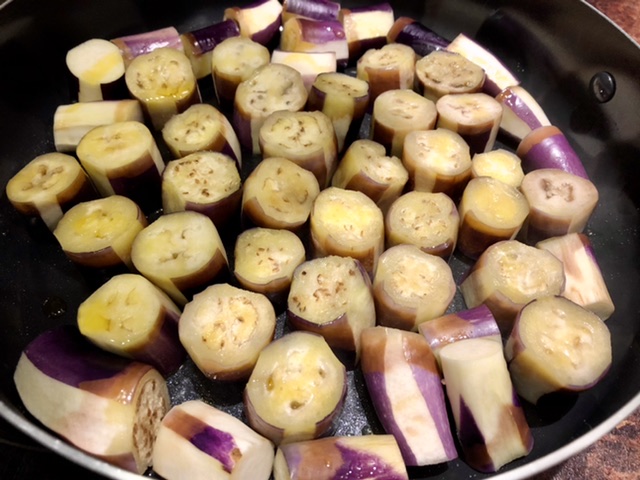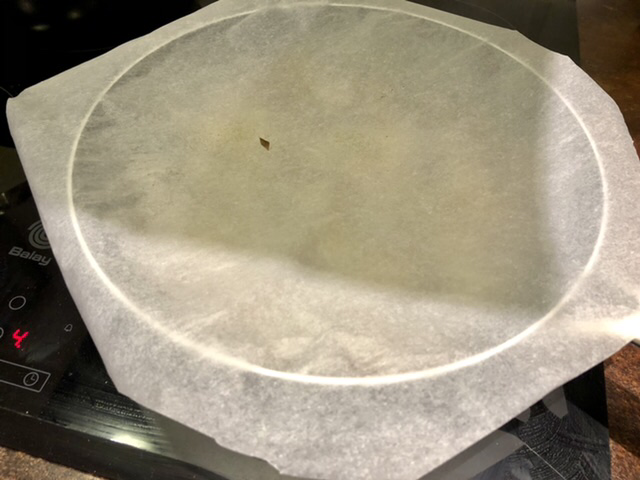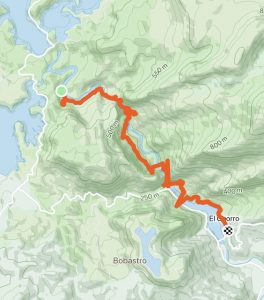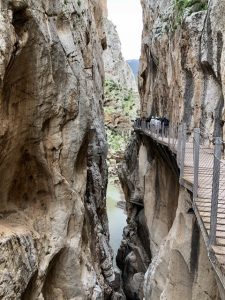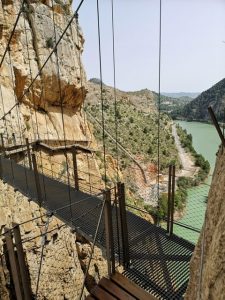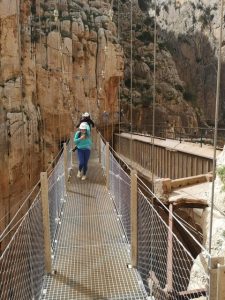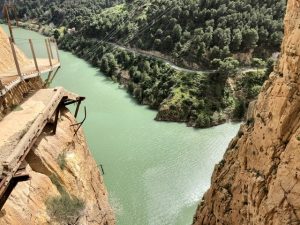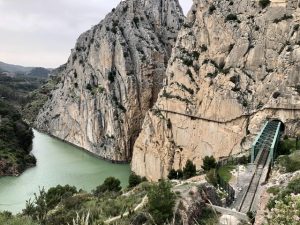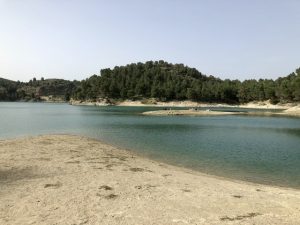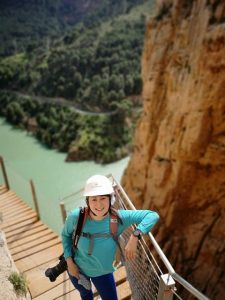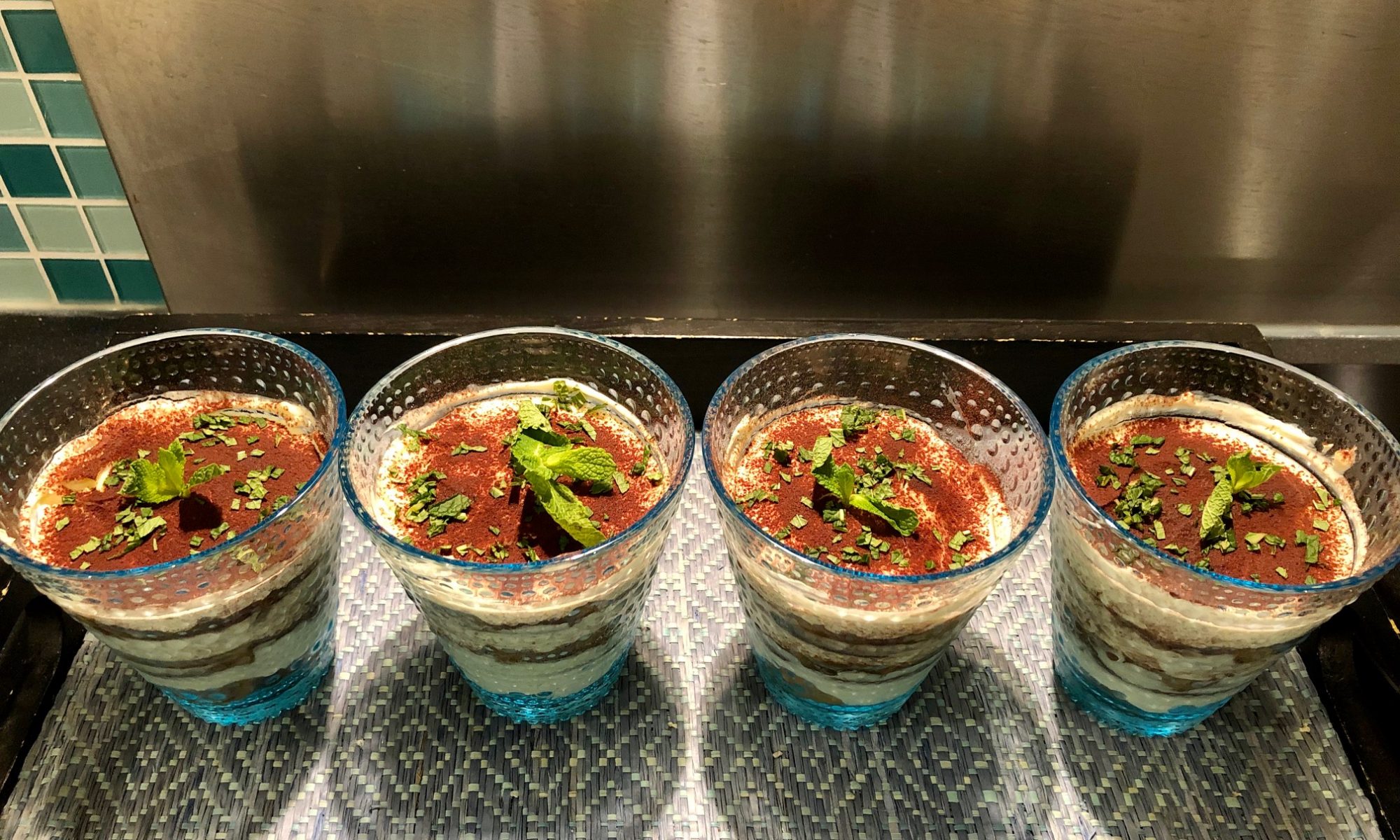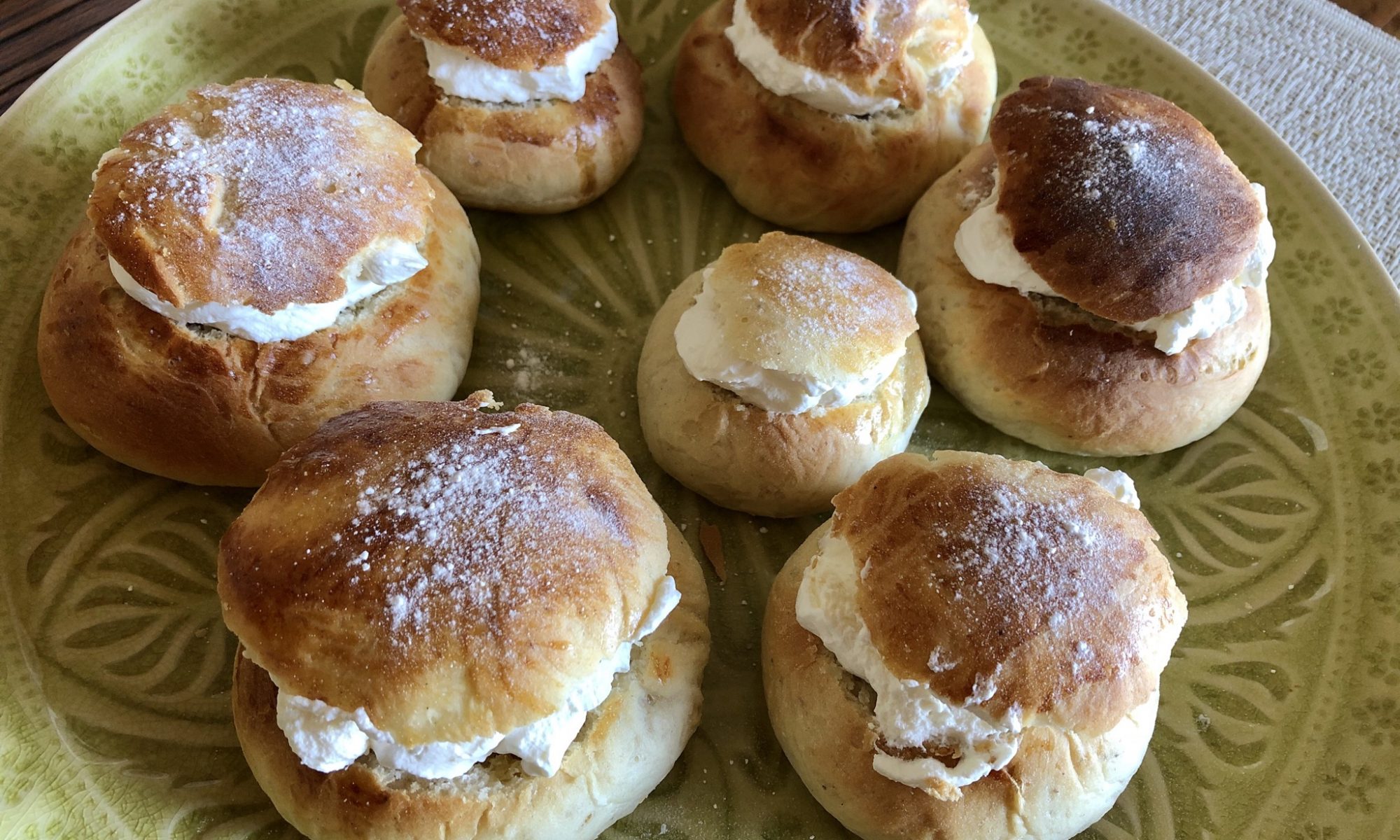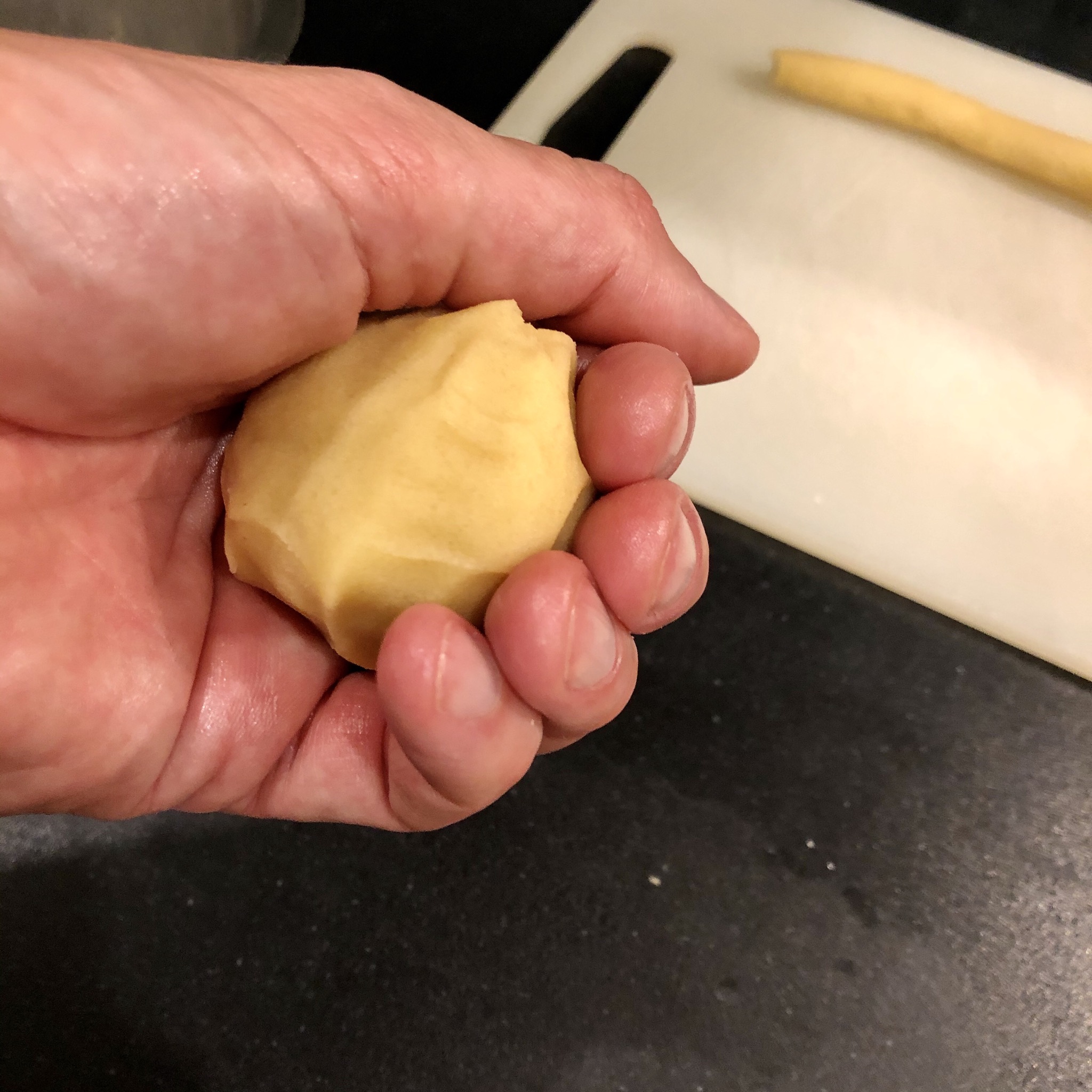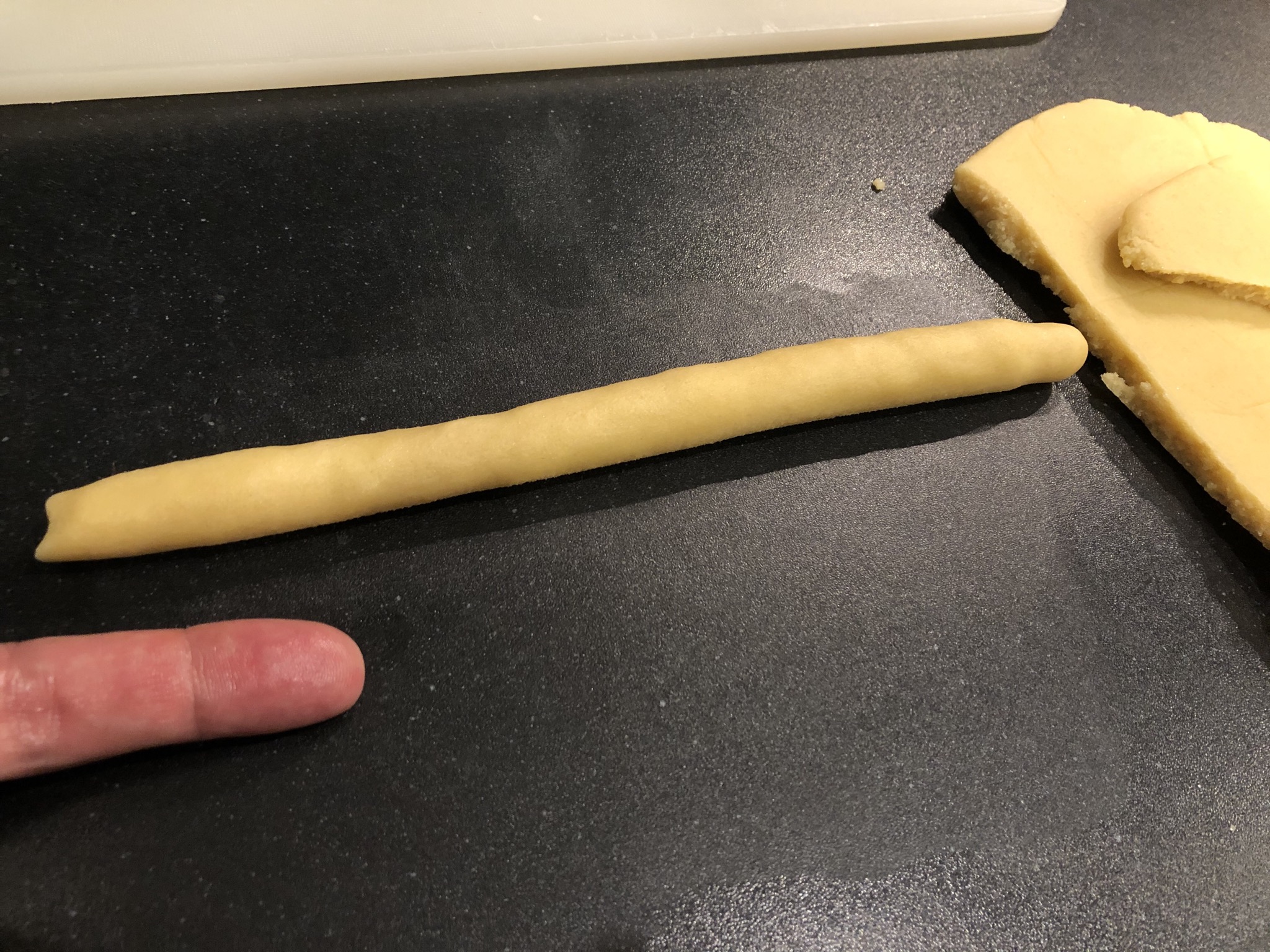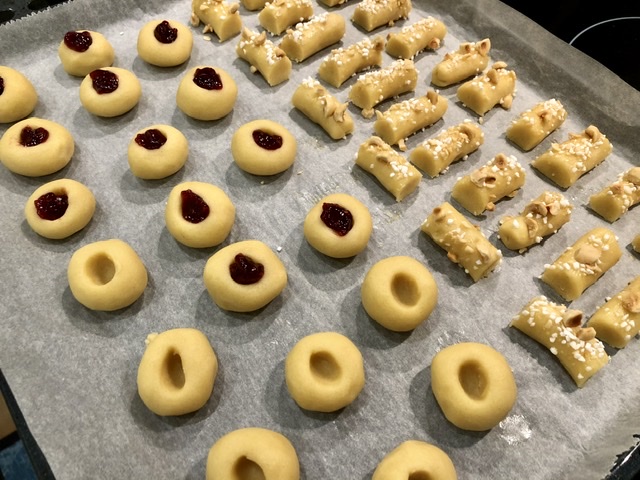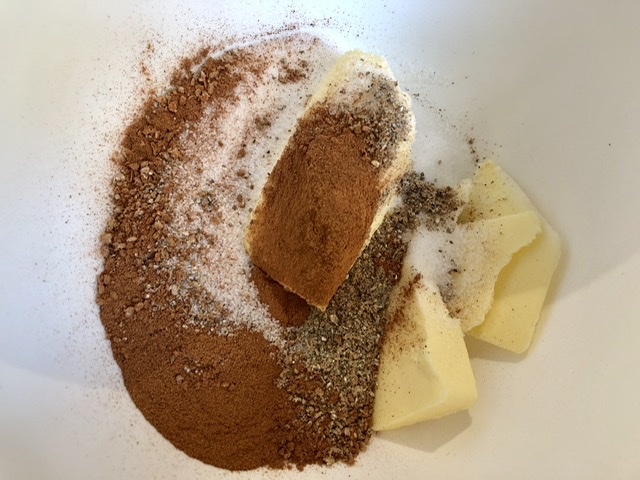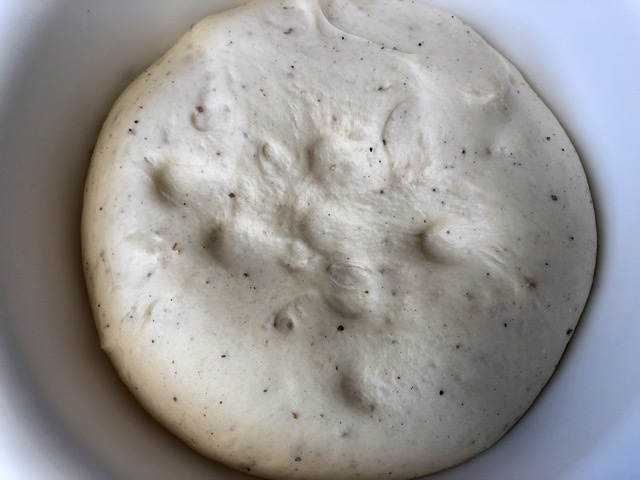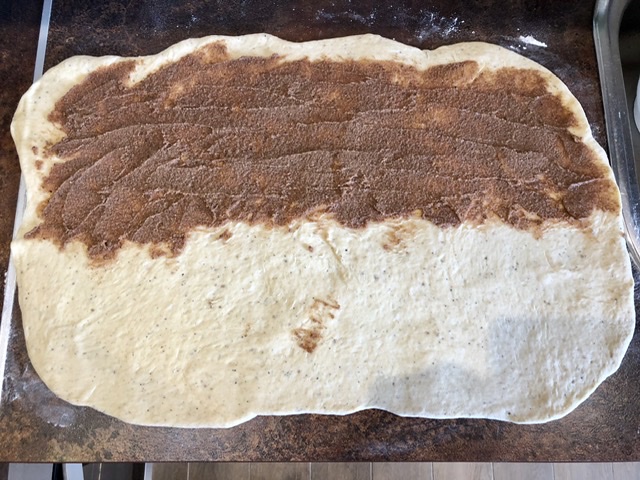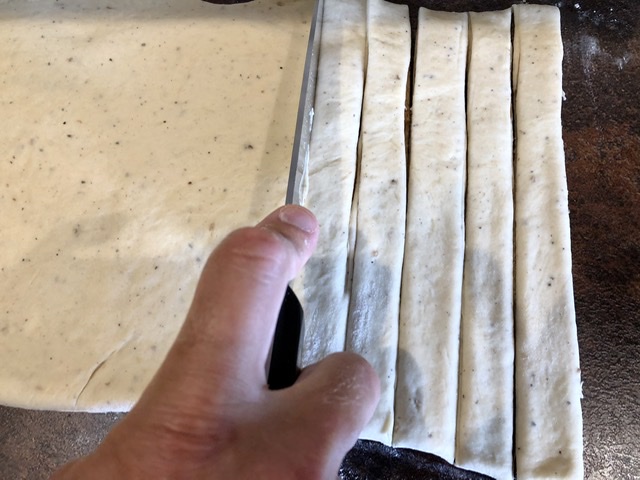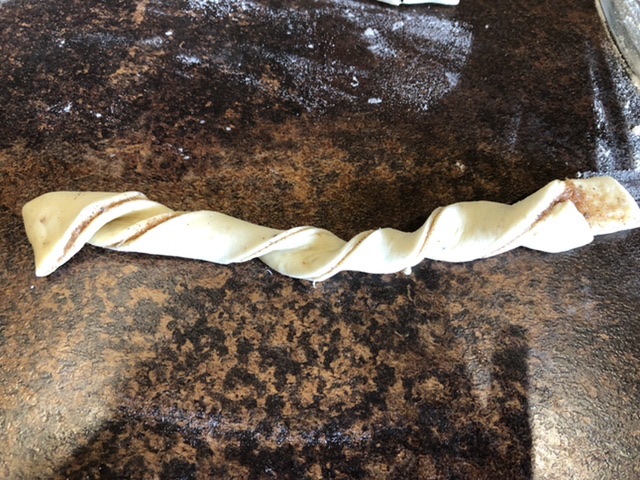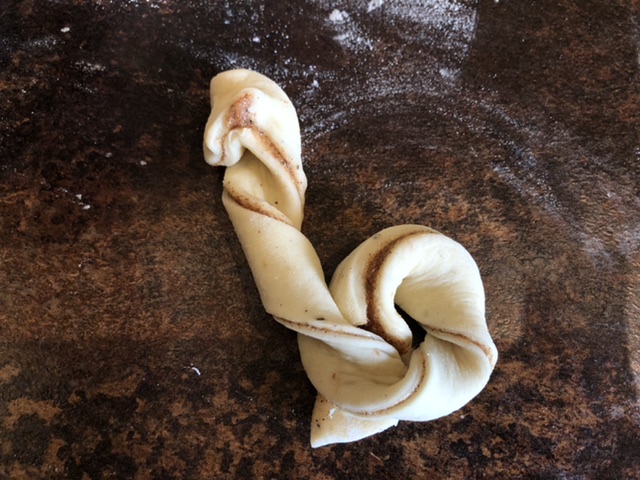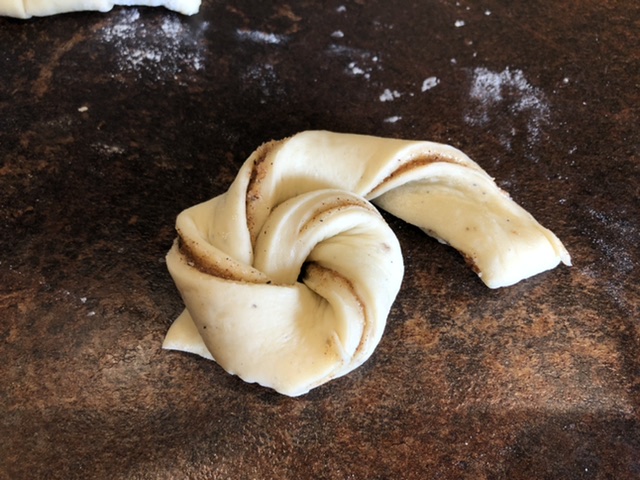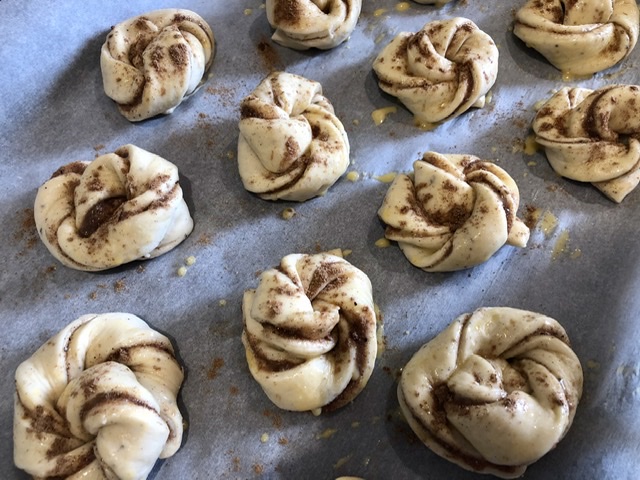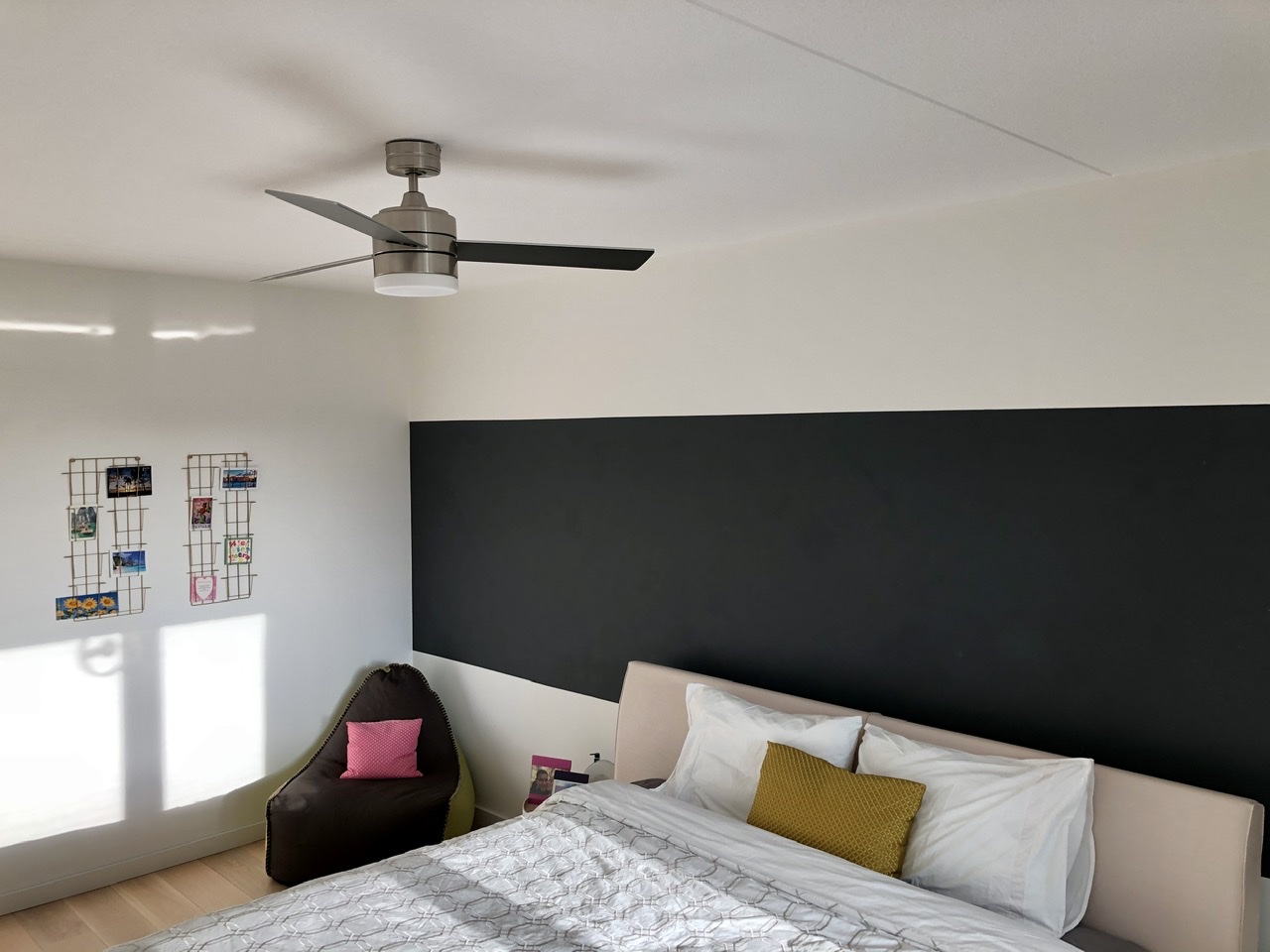Discover things to do and where to eat in Costa del Sol – updated on 30 December 2022: Living semi in Andalucía brings me much joy in life and one of them is exploring interesting places on an easy pace across four seasons with sunshine almost all year round 😊. Most of the time, I combine my trips with a nice outdoor activity such as a village/city/beach walk or a nature hike and ending my day with a culinary experience.
On this blog, you may not find tips on museum visits (only exceptional) or historical stories about the places I’ve visited. Nevertheless, I hope you will find something on this post that triggers your interest for your travel plans or maybe just find a nice restaurant for your day.
Most of my stay in Spain, I stay in Axarquía. This is a district of Málaga province in Andalucía on the east side of Malaga. Its name tracks back to Arabic meaning of “the eastern region” and covers the sunniest places on the east coast of Costa del Sol with an average of 320 sunny days a year. Axarquía is composed of 31 municipalities and I will share the places which I like or visit the most.
Towns and villages covered in this blog are: Frigiliana, Nerja, Torrox Costa, Torre del Mar, Caleta de Vélez, Vélez-Málaga, Salobreňa. More recommendations to be updated for Lake Viñuela, La Maroma.
Frigiliana
Frigiliana is my most favourite village so far which is also Spain’s most beautiful and well-preserved village.
- Take a stroll in this picturesque village, explore the small streets with beautiful blue painted doors and window shutters, see colourful flowers in pots or pink bougainvillea growing on white walls that bring a heart-warming feeling. Ladies don’t forget to wear comfy shoes as the streets and alleys are charmingly cobbled in this village. Note that shops are often closed during siesta time (14-17pm) and in winters (Jan/Feb), some may be even totally closed having their winter break.
- Prefer a guide telling you all the historic stories of this village? You can book a guided tour in English. Costs for an adult is €4. Check out for more information on this link www.frigilianatours.com
- Want to go for a spectacular hiking route Rio Higueron and El Fuerte? This route takes you from the beautiful village of Frigiliana into the waters of the Rio Higueron following it upstream to near its source in the Carrascal. Find more about hiking routes in Frigiliana and in its Natural Park Sierras de Tejeda on this link.
- Explore other activities on the official tourist office website for Frigiliana.
My favourite food places in Frigiliana:
- Restaurante El Jardin – serves a range of fresh Mediterranean cuisine/Marrocan food. It has a divine terrace looking over Frigiliana village. To get there, it’s quite an uphill walk but worthwhile. Main dish approx. €20
Transportation
You can easily drive to Frigiliana by car from Nerja, it’s about 4km. There is one big parking garage, or you can park along the main road for free if there is a spot available. At high season, very unlikely to find something though. Taxi always possible.
Another option is taking the bus that runs every hour between 07:20am until 20:30pm. Bear in mind, there is no bus service outside these service hours, also not on Sundays and not on public holidays. The bus departs from Nerja bus station. Ensure you have small bills/change to pay in the bus, one-way cost €1,20. For bus time table, please check here.
Nerja
Nerja is well known across Spain for its natural beaches, with many of its coves frequently featuring amongst the candidates for the best beach in Spain.
- Balcón de Europa, undoubtedly the heart of Nerja (balcony square) with amazing sea and mountain views.
- Nerja caves, one of Spain’s most popular and spectacular historical sites. Sometimes, they hold classical music concerts onsite. For the early birds, they offer limited free entrance for EU citizen from Monday until Friday, on the first opening slot at 09:30am. Check for reservation rules on their website.
- Wet and wild hiking trail along (in) the river Rio Chillar. The river flows through Tejeda, Almijara and Alhama Nature Reserves. On your journey you will have the opportunity to bath in a natural gorge and waterfall. Be prepared that your shoes get soaked and bear in mind to wear steady walking shoes. Accidents has happened here and would be good to have urgent SOS numbers to reach out to.
- For some beach moment, go to Burriana beach, it’s a cosy ‘posh’ beach with nice and modern restaurants. There are nice natural beaches along the coast nearby Nerja but bear in mind there are limited facilities. Access is often along the national beach road.
- Tuesday market, located in Almijara II urbanization on the way up to Capistrano San Juan neighbourhood. They sell leather goods, textile, Spanish artisan pottery, spices, vegetable and fruit. Opening hours at 09:30-ish until 13/14:00pm. Take the Verano Azul blue bus from town, approx. €1.
- Sunday Nerja Flea Market (also called as Rastro), find all kinds of second-hand items eg lamps, paintings, furniture, fabrics, clothing, books etc. Location is the same as the Tuesday market in Almijara II urbanization and starts from 08:30am until 14:00pm.
- Explore other activities on the official tourist office website for Nerja.
My favourite food places in Nerja:
- Spanish & seafood: La Marina Marisqueria. There are two types of seating areas. On the left side of the entrance is the tapas area. You can choose one free tapas from a designated list with each single drink you order. On top, you can also order dishes from the menu. On the right side, these are tables where you can order from the menu but no free tapas 😉. Tip – be assertive when you want to get their attention to place your food/drink order.
- Italian: L’antica Nonna Mia. I highly recommend their fresh pasta dishes and tiramisu. Just superlicious and super value for its quality, price and quantity! On a nice sunny day, you can enjoy the surroundings at their divine terrace with sea view.
- Italian: for a typical Italian style pizza, I would go to Vitaliano da Cristina (close to Nonna Mia and has a nice terrace with sea view) or go to Paparazzi.
- For carnivores go to Posada de Iberica. I just love this place! Small menu, delicious food prepared with passion and all managed by a friendly man from Argentina. It’s a small cosy brown café style restaurant, a one-man show who serves quality food, good quantity and for a good price.
- Prefer a trendy gastronomic experience with table settings and cosy atmosphere? Go to Fusion by Silvio Santogiacomo, Pápalo, Restaurante Unico.
- At Burriana beach, one of my favorite trendy gastronomic tapas place is RAW Lounge.
- Do you like drinking cocktails? Go to Hemingway’s, I always go back to this place to get close to my cocktail standards. Wanna go for a nice holiday feeling with amazing rooftop views? Go to Terazza Buddha Lounge bar or the Volk’s Bar Sevillano (take the elevator situated inside Sevillano restaurant).
- For the best churros in town, I go to a simple local place at Café Bar las Cuatro Esquinas. They serve fresh fried churros between 09:00-12:00 noon and from 17:00-19:00pm. Chocolate lovers, order a cup of hot chocolate to dip in, you will not regret!
- Breakfast: is your breakfast the most joyful meal to start with your day? Go to Parador Hotel, it isn’t cheap, ~€20pp but they serve an amazing buffet breakfast with a divine sea view on the terrace. They serve fresh orange juice, various bread, amuses, cheese/meat cuts, cereals, yoghurts, cold & hot platters and sweets and more to have a happy day.
- Like to enjoy your morning coffee with a nice sunny sea view? Go to Café Anahi, they have a small balcony terrace in the back with decent local prices in a top touristic location.
- For a nice tea-time, I like to go to Mena Garden Nerja. It’s situated at the back of the hotel in a charming inner garden. Their carrot cake is delicious! Not too sweet of not overly layered with crème.
- For good bread or pastry, especially their carrot cake, go to bakery Panadería Confitería Salvador Nerja.
Torrox Costa
Have a nice morning or sunset run or walk on the beach boulevard of Torrox Costa. This beach can be quite windy comparing to other beaches but gives an uber relaxing holiday feeling. The boulevard offers plenty of beach cafés and restaurants, and a nice simple breakfast menu for about € 5
- Monday market next to Iberostar hotel building. They sell leather goods, textile, Spanish artisan pottery, spices, vegetable and fruit. Opening hours at 09:30-ish until 13/14:00pm.
My favourite food places in Torrox Costa:
- For the best ice-cream in Nerja and neighbourhoods, I tried them all and this is in my opinion the best place for milky ice cream at Vistamar Helados Artesanos. Note that they are closed during the winter season, I believe from October until March. It could be that they are open for weekends with limited opening hours in March.
- Spanish & Seafood: Marisquera Encinas, one of my favorite typical local places where Spanish families gather for a weekend lunch. The food is delicious! Highly recommend their creamy Russian salad, almejas, boiled gamba’s, shell fish conchas finas naturale, grilled fish, paella or soup rice meal – arroz con bogavante (local lobster) or arroz con carabineros (mix seafood with giant shrimps). If you want to lunch during Spanish time, after 14pm, I highly recommend you in booking a table in advance. Bear in mind, this is not a fancy place, tables are setup on the pedestrian street facing a busy road. However, the seafood is divine with local cosiness! Another nice place and has a beautiful terrace on the seafront boulevard is at Restaurante La Farola. It’s a very popular place among locals and tourist, a table reservation for lunch would be highly recommended. Especially on the terrace.
- Spanish: restaurant El Tito Arenas, a hidden gem with a relaxed local atmosphere. Excellent service and delicious food at great value. Their back garden terrace is nicer than the street side. Highly recommend their entrecote and on Friday’s lunch time, you can pre-order arroz con bogavante dish for €9,5 pp. On other days, its minimum 2 persons order and cost more. For the latter, suggest a table reservation.
- Spanish: a little bit off from Torrox Costa boulevard, along the main road towards Nerja at the beach front, you have chiringuito Jose Jimenez 34. Great service and delicious paella! Pre-order your paella with your table reservation to avoid disappointment as they won’t make this for you when its busy. They have mix (chicken/seafood) or seafood paella. Cost ~€22 for 2 persons and lobster paella for €46,-
- Breakfast or lunch: trendy small cosy place at Entre Vientos, close to the lighthouse with nice sea view. Craving for real German bread or torten (sweet pie)? Go to Wolfgang und Karina’s Backstűbel. They serve an amazing breakfast set for ~ €5,5 that includes excellent coffee, various bread, cheese/ham and jam, or add ~€1,5 for scrambled egg.
- Craving for some good Belgium beer and good simple food? Go to Le Comptoir Belge. In my opinion, when a place serves good crunchy tasty fries, that’s the place to have a good meal! They have a nice terrace with sea view.
- For gastronomic Spanish go to Restaurante Pata Negra Playa. Serves Spanish food in a modern twist with excellent quality and price.
Torre del Mar
A popular beach site for local tourists with nice chiringuitos (beach bar/restaurant) along the boulevard. This nice promenade goes all the way to Caleta de Vélez, approx. 4km.
My favourite food places in Torre del Mar:
- Spanish: Chiringuito Casa Miguel, a nice trendy place with great service serving delicious grilled/fried seafood. In- and outdoor seating at the beach front.
- Spanish & seafood: El Señuelo, a very popular place among the locals. They have a tapas seating area at the entrance or tables on the terrace (however facing a parking place) or indoors. Spanish lunch time in weekends (after 2pm), I highly recommend you booking a table in advance.
Caleta de Vélez
Take a nice stroll at the little harbour where all the sailing boats are docked and have lunch or a drink at one of those bar/ restaurants.
My favourite food places in Caleta de Vélez:
- Spanish & seafood: Marisqueria Mani, popular among locals with decent prices. The fish is fresh and delicious!
- Spanish & seafood: Chinchin puerto, a trendy posh place located opposite of the little harbour. Atmosphere is superb, food is good but prices are a bit high-end.
Vélez-Málaga
Take a very nice town walk along the alley’s, especially walking up to the fort (Alcazaba La Fortaleza). It’s quite uphill but you will get an amazing 360 view over the town and sea. This town still has preserved its local vibe. There aren’t many tourists here and this is what I like the most.
My favourite food places in Vélez-Malaga:
- Spanish tapas bar: Restaurante la Gamba Dorada, this place offers a nice vibe with great services. You can choose one free tapas from a designated list with each single drink you order. What I most like about this place is, they offer a wide variety of red, white and rose wine per glass, so you don’t need to buy a bottle to taste the wine.
Salobreňa
A beautiful white village on the Costa Tropical, dominated by a hilltop castle from the Al-Andalus period. This castle transitioned from a Phoenician to a Roman site, then to an Arabic fortress and at last conquered by the Catholic kings.
- Take a stroll in the old town, walk along the narrow streets and relax in tranquility.
- Visit the fortress castle that offers a mixture of architecture from different periods. At the top, you will have a 360’ panorama view. At clear blue sky, you can even see Sierra Nevada.
- Don’t miss the beautiful beach that is at the bottom of the town. Take a nice stroll along the boulevard and enjoy a glass Tinto de Verano (soda mix with wine) or sangria.
More recommendations to be updated for Lake Viñuela, La Maroma.
Share this:
